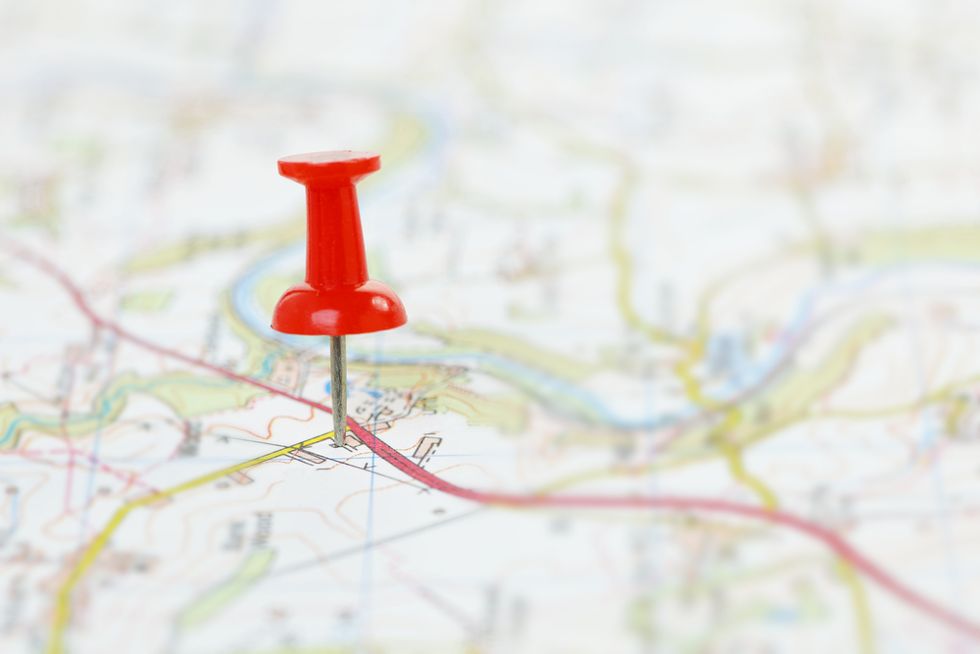
Photo credit: Shutterstock

Spanish scientists may have just developed a way to almost pinpoint the locations shown in videos or photographs, even ones with vague and unfamiliar backgrounds.
The technology works by comparing audiovisual algorithms with a global multimedia database. Based on the locations from which they already have photos and video, they can more easily trace other multimedia to within a 6-mile radius of the actual location. In some cases, the technology is capable of concluding the location within a 1/2-mile radius, according to the scientists' study published in by the academic journal "Information Sciences."

The system relies on recognition of certain audio and visual components unique to that location. However, having access to both audio and visual elements isn't necessarily required for the technology to help track down an approximate spot, although access to each is most effective.
"The acoustic information can be as valid as the visual and, on occasions, even more so when it comes to geolocating a video," Xavier Sevillano of La Salle campus at Ramón Llull University in Barcelona, Spain, said.
"In this field we use some physics and mathematical vectors taken from the field of recognition of acoustic sources, because they have already demonstrated positive results," Sevillano said.
The advantages of such software could be huge. For example, law enforcement could use it while trying to track down missing persons. All they would need is a recent social media photo or video of that person to narrow the search territory.
On a much larger, and perhaps more consequential scale, the technology could be added to the existing resources of intelligence agencies to pinpoint the locations of terrorists. Recent examples in which the technology could have been useful include videos released by the Islamic State, or ISIS, showing the executions of hostages.
And, as Sevillano points out, the system could be even more accurate while trying to track down terrorists.
"Our system does not make any assumptions regarding the location of the videos, but in these cases we are given very valuable additional information to limit the searches, as we already know that we are dealing with the area of Iraq or Syria, and therefore, we would only use reference videos from there," Sevillano said.
(H/T: eurekalert.org)
–
Follow Jon Street (@JonStreet) on Twitter